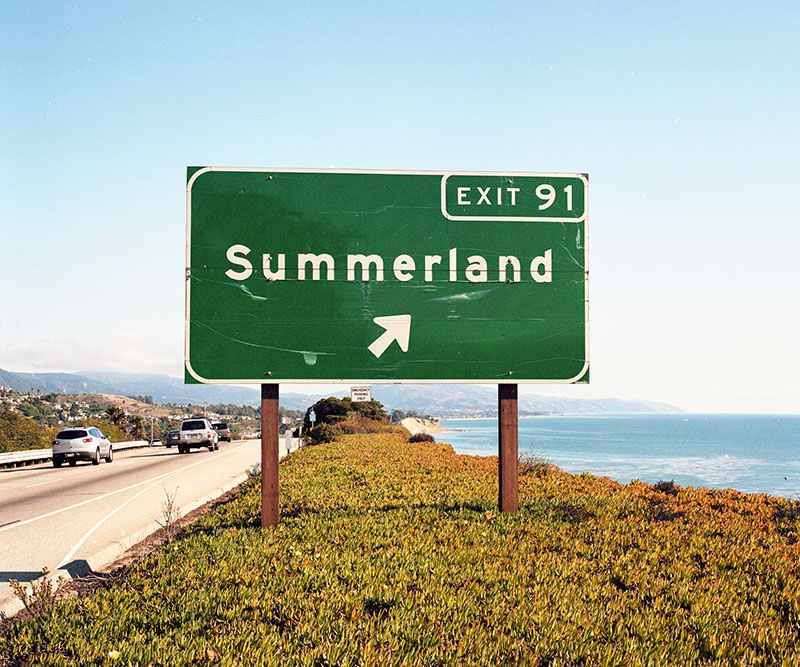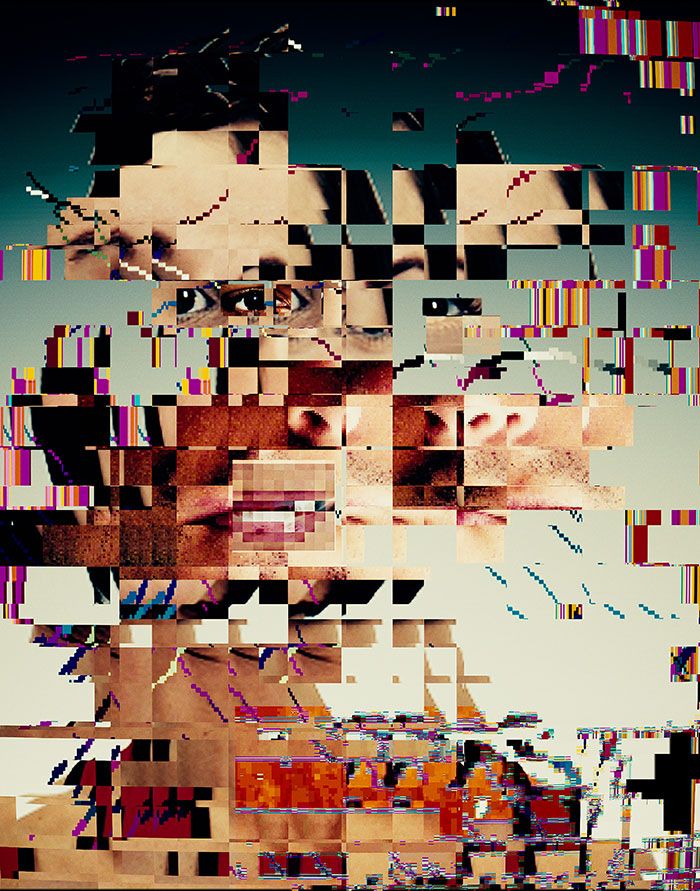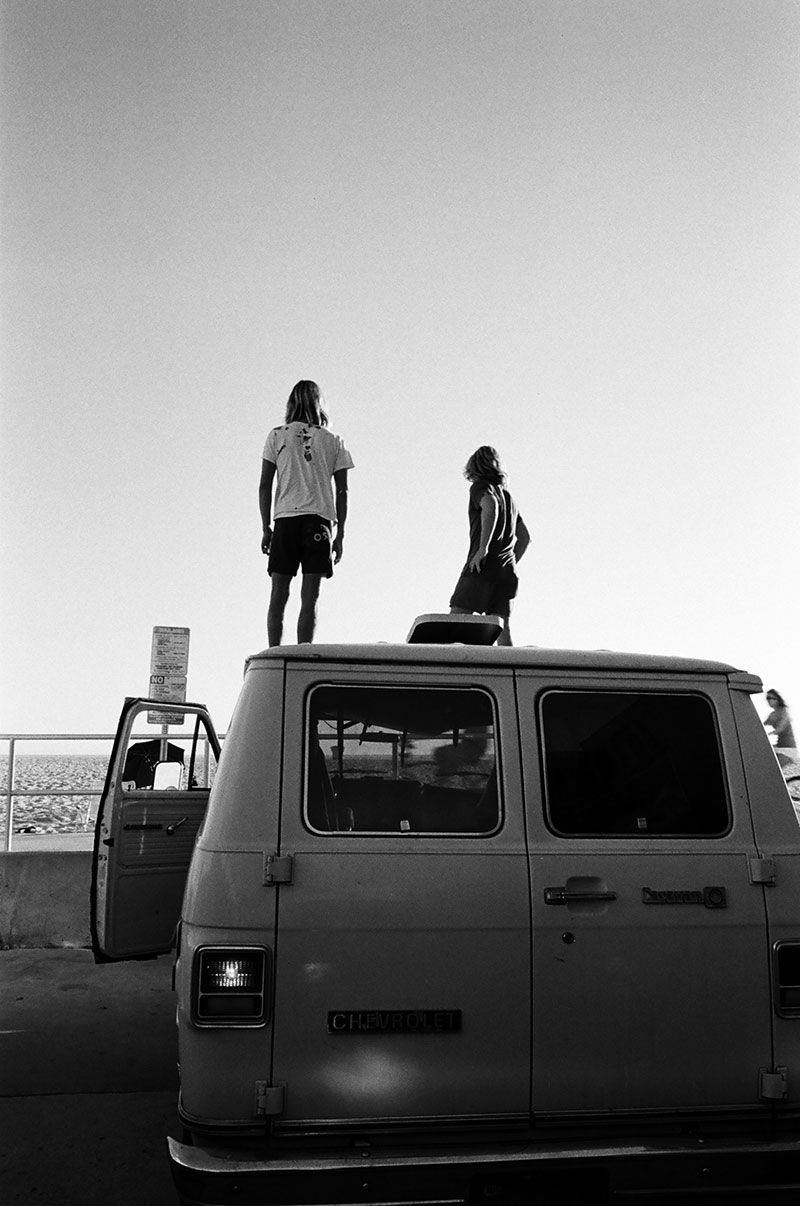{ english below }
Primera ola. Massif es una agencia con sede en Los Ángeles que representa a fotógrafos, artistas y cineastas para lograr que sus trabajos aparezcan en los medios de comunicación internacionales. También se encarga de respaldar proyectos editoriales, organizar exposiciones en galerías y vender copias de las obras por Internet. A pesar de tener unos orígenes claramente enmarcados en el surf, los intereses de los artistas que representa la agencia han ido evolucionando en direcciones inesperadas a lo largo de los años. Actualmente abarca géneros como el arte, la moda, los viajes y el documental. Puede que haya una línea predeterminada, pero cada individuo es libre de seguir su propio camino creativo. Por este motivo, entre sus clientes más destacados están Apple, Ford, Gap, Land Rover, Olympus, Town & Country, Wired y Vogue.
Segunda ola. Detrás de Massif encontramos a Jonathan Feldman, un empresario apasionado por la fotografía y el surf que en 2013 decidió abandonar su carrera como historiador para dar una oportunidad a aquellos creadores que realmente tienen algo que contar en un mundo saturado de información audiovisual. También es editor en la Costa Oeste de la famosa revista WAX (centrada en temas de surf, cultura y arte) con sede en Nueva York. Hemos tenido la oportunidad de hablar con este visionario para saber cómo funciona el mercado de la fotografía y qué influencia han tenido las olas en una agencia que, desde sus oficinas en Los Ángeles, contribuye a engrandecer la mitología del surf en todos los rincones del planeta.
Te propongo que nos remontemos a los inicios de tu carrera profesional. ¿Podrías explicarnos brevemente tu trayectoria y cuándo descubriste tu pasión por la fotografía?
Crecí en la ciudad californiana de Newport Beach, navegando con lanchas neumáticas y practicando surf en las calas que se encuentran al norte de Laguna Beach. Desde que tengo uso de memoria, siempre estaba jugando en la playa o metido en el agua de una manera u otra. La fotografía llegó bastante después, mientras estudiaba en la escuela de posgrado, pero me interesó más como objeto de estudio y no tanto su vertiente práctica.

F: Chris Burkard
¿Qué recuerdos tienes de tus años en la universidad y qué cosas de aquella época te han sido realmente útiles en tu trabajo posterior?
Yo estaba decidido a consolidar una carrera muy seria como historiador del arte, pero resulta que pasarme la vida entre carros de libros y cubículos de estudio no me llenaba suficiente. Necesitaba salir al exterior para que me tocara el aire. Supongo que fue una cuestión de temperamento y de personalidad, es difícil explicarlo. Lo que sí tengo claro es que la oportunidad de investigar la historia de la fotografía, desde Lissitzky, Rodchenko y Duchamp hasta Man Ray y Ed Ruscha, sigue influyendo en la manera que tengo de aproximarme a este medio de comunicación.
Supongo que el hecho de ser un gran aficionado al surf fue clave a la hora de fundar Massif. ¿Cuál era el objetivo inicial de la agencia y cómo ha evolucionado con el paso de los años?
Por supuesto, el surf fue una parte central del proyecto. Mi intención era colaborar con los mejores fotógrafos de surf que pudiera encontrar, aunque me interesaba mucho más documentar ciertas capas de esta cultura antes que centrarme en una descripción literal de surfers cabalgando olas. Entonces, no pasó demasiado tiempo hasta que entendí que mis intereses temáticos eran mucho más amplios. El elemento del surf continúa presente, aunque no tan pronunciado. Por ejemplo, Rob Kulisek hace fotos de moda, retratos y bodegones para publicaciones como Vogue, Wallpaper y T Magazine, pero ninguna de sus imágenes tiene que ver con las olas. Lo mismo puede decirse el video artista Yoshi Sodeoka y del archivo de The Family Acid. Sin embargo, creo que existe una sensibilidad especial que une a todos estos artistas y, si escarbas un poco, puede que encuentres la influencia de un documental de surf como “Morning of the Earth” en todos sus trabajos.

F: Dane Peterson
Desde los años 40 y 50, la cultura del surf ha tenido una estrecha vinculación con el mundo de la imagen, ya fueran fotografías o documentales. ¿Por qué crees que esta relación simbiótica se da en este caso más que en otros deportes?
Hay un momento maravilloso en el documental “The Eye Has to Travel” de Diana Vreeland donde el antiguo editor de moda de la revista Vogue dice: “Sólo siento envidia de una cosa, de los surfers. Creo que es lo más hermoso que existe… entre el cielo y el agua”. El surf es algo que resulta bonito de ver, pero es tremendamente fugaz. Todos los surfers sienten el deseo irrefrenable de congelar los instantes, parar el tiempo y fijarse en cosas únicas que no se pueden representar de otro modo. La fotografía es la mejor herramienta que tenemos para lograr esto.
¿Qué proceso sigues para seleccionar a los fotógrafos que representarás en tu agencia?
Todo sucede gracias a un proceso puramente intuitivo, pero no estoy seguro de poder explicar el cómo ni el por qué. Supongo que busco la autenticidad. Mi agencia es una empresa con carácter comercial, aunque el trabajo que hacemos resulta a veces anti-comercial. Persigo un sentimiento de libertad y busco puntos de vista relevantes. A pesar de que muchos de los artistas que represento viven y trabajan por todo el mundo, yo estoy muy comprometido en Los Ángeles o, mejor dicho, con una cierta idea de lo que representa. Y también veo la ciudad reflejada en sus obras. Sé que es algo difícil de comprender para mucha gente que sigue viendo L.A. como una de las urbes más superficiales del mundo a nivel cultural e intelectual, pero así es como yo veo este sitio. Además, la mayoría de los artistas tienen lazos previos entre ellos, algunos se conocen desde que eran adolescentes o incluso más jóvenes. Así que existe un sentimiento de comunidad y una relación personal.

F: Will Adler
¿Crees que el salto del mundo analógico al universo digital ha sido perjudicial para el trabajo de los fotógrafos en términos económicos?
Es obvio que los fotógrafos evolucionan y su trabajo se consume de manera distinta en la actualidad, en comparación con años anteriores. Sin embargo, siempre ha sido un medio de comunicación muy tecnológico y ha pasado por grandes transformaciones a lo largo de su historia. Y hoy sucede lo mismo. Vivimos en un mundo saturado de imágenes y, además, ahora todos somos fotógrafos gracias a que la cámara del iPhone es tan válida como una SLR. No creo que esto haya sido perjudicial para los fotógrafos… puede que ahora tengan que trabajar más duro que nunca, pero la imagen fotográfica ha demostrado ser totalmente incontenible e indispensable.
Para terminar la entrevista: ¿sigues practicando surf y dónde viajarías si tuvieras una fabulosa máquina del tiempo?
Practico surf tanto como buenamente puedo. Vivo en la parte este de Los Ángeles, que equivale a la parte mala de la ciudad para los surfers, pero puedo plantarme en Malibú, Rincón o San Onofre en una o dos horas en coche. Y eso no es una catástrofe. Seguramente elegiría visitar Malibú antes de la Segunda Guerra Mundial, aunque también me gustaría viajar más lejos en el tiempo y remar junto a los indios Chumash… siempre que me aceptaran con ellos.

Yoshi Sodeoka

F: Will Adler

F: Will Adler

F: Rob Kulisek

F: Rob Kulisek

F: Nolan Hall

F: Nolan Hall

F: Nolan Hall

F: Nolan Hall

F: Dane Peterson

F: Dane Peterson
ENGLISH.
MASSIF.
WHEN SURF LEADS THE WAY.
First wave. Massif is an agency based in Los Angeles that represents photographers, artists and filmmakers to get their work appear in the international media. It is also responsible of supporting publishing projects, organize exhibitions in galleries and sell copies of different kind of works on the Internet. Despite of its surf roots, the interests of its represented artists have evolved in unexpected ways over the years . Currently it covers genres like art, fashion, travelling and documentary. There may be a predetermined line, but each individual is free to follow his own creative path. For this reason, among its most important customers Apple, Ford, Gap, Land Rover, Olympus, Town & Country, Wired or Vogue can be founded.
Second wave. Behind Massif we spot Jonathan Feldman, a passionate entrepreneur in photography and surfing that in 2013 decided to abandon his career as a historian to give a chance to those artists who really have something to say in an overloaded world of audiovisual information.
He is also editor in of the famous West Coast magazine WAX (centered on surf, culture and art) based in New York Coast. We have had the opportunity to have a talk with this visionary to know how the photography market works and what influence did the waves on an agency from its offices in Los Angeles, contributes to enlarge the mythology of surfing in every corner of the planet.
Let’s start from the beginning: could you tell us where are you from, what is your background and when did you fall in love with photography?
I grew up in Newport Beach, California, sailing dinghies and surfing the coves of north Laguna Beach. As long as I can remember, I was in or around the water in one way or another. Photography came later, in graduate school, and then as an object of study rather than a practice.
I have read that you studied in Princeton and Columbia, where you earned an MA in modern art history. How do you remember your days as a university student and which things were later useful in your career?
I was on track to have a serious academic career as an art historian. But at the same time, life in the stacks and carrels wasn’t enough. I needed to come up for air. It was really a question of temperament and personality. It’s hard to know. The opportunity I had to investigate the history of photography, from Lissitzky and Rodchenko to Duchamp and Man Ray to Ed Ruscha, does to some extent continue to inform the way that I think about the medium.
I guess that being a surfer was a key point to start Massif. What was the original aim behind that agency project and how is it nowadays?
Absolutely. Surfing was central to the project. I was intent on working with the best surf photographers I could find. But I was far more interested in the documentation of a certain strand of surf culture than I was in the literal depiction of wave riding. In time, however—and it didn’t take long—I came to understand that my interests were much more broad. The surf element remains in place, but it’s far less pronounced. Rob Kulisek, for instance, is shooting fashion, portraiture, and still life photography for Vogue and Wallpaper and T Magazine—and none of this has anything to do with surfing. The same could be said for video artist Yoshi Sodeoka and The Family Acid archive. On the other hand, there may still be an animating sensibility that unites all of these artists and if you squint a bit you may see the influence of Morning of the Earth in all of their work.
Since the 40’s and 50’s surfers have had a strong connection to images (both photography and documentaries) thanks to people like Don James, Doc Ball, LeRoy Grannis, Bud Browne or John Severson. Why do you think this happens more than in any other sport / culture
There’s that wonderful moment in the Diana Vreeland documentary, The Eye Has to Travel, where the former Vogue fashion editor says: “But you know I’m only really envious of one thing: and that is a surfer. I think it’s the most beautiful thing… between the sky and the water.” Surfing is simply beautiful to behold. It is also unbearably fleeting. All surfers have a desire to freeze the frame, stop time, and isolate the moment to look more closely at something that is in important ways not representable. Photography gets us the better way there.
Perhaps this is the big question: how do you choose the photographers to be represented in your agency? What do you look in them?
At a purely intuitive level, the whole thing holds together, but I’m not sure I can quite explain how or why. I’m looking for authenticity. The agency is a commercial endeavour, but the work feels sometimes aggressively non or even anti-commercial. I’m looking for a sense of freedom and a strong point of view. I’m also deeply committed to Los Angeles or a certain idea of Los Angeles and even though many if not most of the artists I represent live and practice their work elsewhere, I see the city reflected in their work. I know that’s going to be a difficult idea for a lot of people who continue to view LA as one of the most culturally superficial and intellectually vapid cities on earth. But that’s not how I see the place. And then many of the artists I represent have pre-existing ties to one another. Some have known each other since they were in their early teens or even younger. So there’s also a sense of community and a personal connection.
Being a photo agency, Massif has to deal everyday with magazines and publications. Do you think the transition from an analogical world to a huge digital media environment has been harmful for photographers?
Obviously photographs circulate and are consumed differently today than they did only a few years ago. But the medium has always been thoroughly technological and has undergone enormous and profound transformations over the course of its history. Today is no different. We live in a totally image-saturated world. And we’re also now, of course, all photographers since the iPhone is every bit as valid a camera as an SLR. But I don’t think this has been harmful to photographers. Perhaps photographers have to work harder than they ever did before, but the photographic image has proved itself to be utterly irrepressible and indispensible.
In order to finish the interview: Do you keep on surfing? Where would you go if you had a time travel machine?
I surf as much as I possibly can. I live on the east side of Los Angeles, which is to say the wrong side of town for a surfer. But I can also be at Malibu, Rincon or San Onofre within an hour or two. That’s not a catastrophe. Pre-war Malibu might be just the place. Perhaps I’d go back somewhat further in time. I wouldn’t mind paddling out among the Chumash Indians if they’d have me.
www.massifmanagement.com